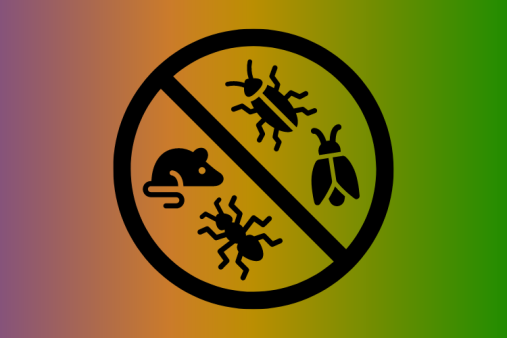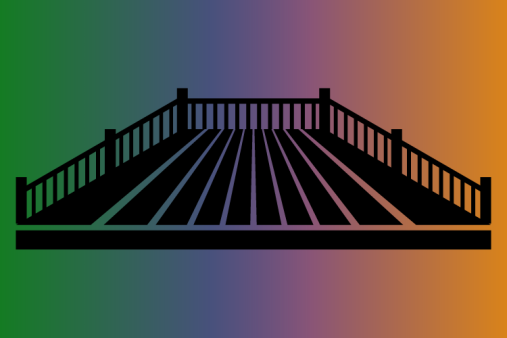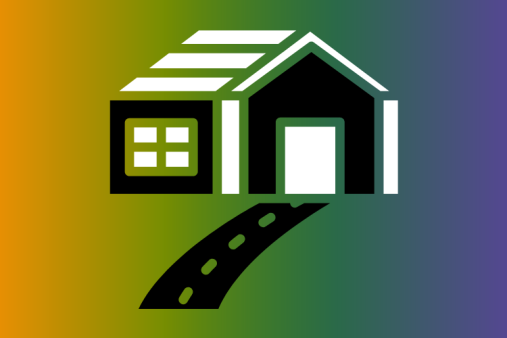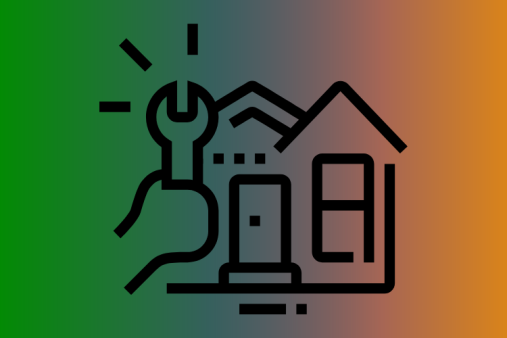Taking Care of Your Garden During a Hosepipe Ban
The long, hot summers of late are often record-breakers. Although most of us enjoyed the warm weather, gardeners always had the threat of a hosepipe ban at the back of their minds. Most areas of the UK managed to avoid a hosepipe ban, but should the trend for warmer, drier summers continue, we’re all going to have to manage with less water in the future.
Be Prepared for a Hosepipe Ban
A hosepipe ban doesn’t mean you’re not allowed to use any water at all on your garden, it just means you can’t go mad with sprinklers and hoses. In the wetter months, think about installing a traditional water butt to collect the rainwater which falls on the roof of your house, or shed. This water won’t be suitable for drinking, but is perfect for watering your lawn, flowers or vegetables if we get another dry spell. Similarly, waste water from elsewhere in the house such as the bath can be used to water the garden, as long as it doesn’t contain bleach or other strong chemicals.
Create Shade
Gardens can quickly get scorched and dried out on warm summer’s days when the sun is beating down. Lawns which become parched and yellow will quickly recover when It finally starts raining again, but some other plants might not be quite so lucky. Think about building some shaded areas when planning your garden, either by using large trees or bushes, or by positioning trellis, sheds or other items in the garden to protect your most vulnerable plants. It’s also something to consider when buying new plants, to save having to uproot and move them at a later date
Time the Watering
Don’t head out into the garden to water your plants in the heat of the midday sun, even if you can practically see your plants wilting. Any water poured onto baking ground will evaporate quickly, before it can provide moisture to the garden. Either get up early and do your watering before breakfast time, or leave the watering until late in the evening, when the sun has set and your garden is shaded. Water your plants low down, allowing water to seep right into the soil around the roots. Sprinkling water from high up to cover leaves is not an effective method of getting your plants watered.
Mind the Lawn
Although your lawn might quickly develop yellow patches and look dried up in hot weather, the good news is that grass is robust and will quickly spring back when it turns wetter. A good tactic is to keep your grass a little longer than you would otherwise, as this will reduce the stress on the grass and leave it in a better situation to recover. Looking into trickle watering systems, which use a lot less water than a standard hosepipe but will keep levels of water in the lawn maintained through even the driest summer weather. Trickle watering or irrigation systems are still allowed during a hosepipe ban.







